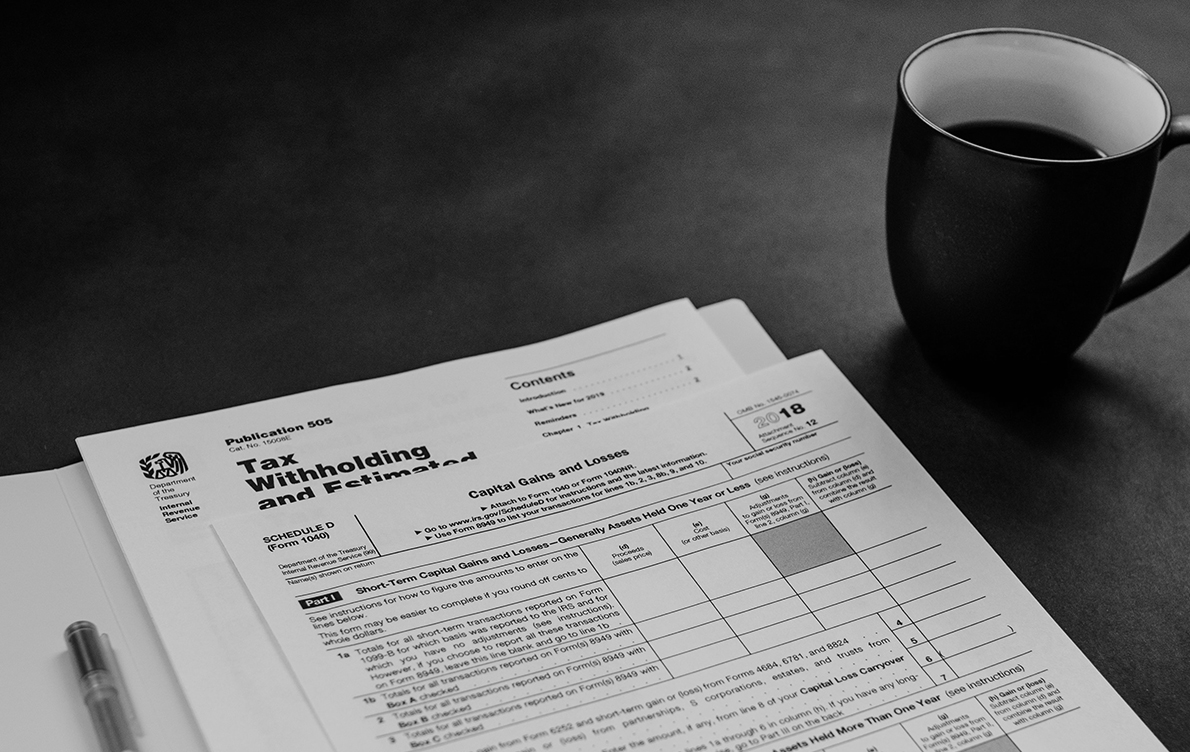Investors Consider Qualified Opportunity Zone Planning
Section 1400Z-2(a) of the Internal Revenue Code of 1986 (the “Code”), enacted as part of the 2017 federal Tax Cuts and Jobs Act is designated to spark long-term capital investment into low-income and urban communities, now called the “Opportunity Zone Program.” Via the Qualified Opportunity Zone Program, developers and investors can tap into and reinvest their unrealized capital gains without paying capital gains for a period of time, if at all. Below is a brief fact sheet that can answer a client’s basic questions and concerns.
What is a Qualified Opportunity Zone?
A Qualified Opportunity Zone (“QOZ”) is an economically-distressed community where new investments, under certain conditions, may be eligible for preferential tax treatment. Localities qualify as QOZs if they have been nominated for that designation by the state and that nomination has been certified by the Secretary of the US Treasury. You can obtain a list of the designated QOZs for New Jersey and New York at the website address below.
What is a Qualified Opportunity Fund?
A Qualified Opportunity Fund (“QOF”) is an investment vehicle that is set up as either a partnership or corporation for investing in eligible property that is located in a QOZ and that utilizes the investor’s gains from a prior investment for funding the QOF.
What are the tax benefits of investing in a QOF?
Investors who invest capital gains into a QOF within 180 days of selling an asset can defer their capital gain taxes – that is, they will not need to pay tax on the amount of gain that is reinvested in the tax year that the gain occurred. In addition, investors who invest capital gains into a QOF may reduce the tax by up to 15%. The rules provide that capital gains invested in a QOF will receive a step up in basis of 10% if held for at least five years and by an additional 5% if held for at least seven years, excluding up to 15% of the original gain from taxation.
The law currently provides that the deferral of such gain terminates on December 31, 2026, so investors should be aware they will owe tax upon the earlier of the date the QOF investment is sold or December 31, 2026. Investors should reserve funds or otherwise plan for the tax payment.
In addition to deferring tax on a realized gain, the law also provides that, if the investment in the QOF is held for at least 10 years, the gain accrued while invested is permanently excluded from taxable income upon the sale or exchange of the investment.
What kind of gains qualify to invest in a QOF?
Any long or short term capital gain is eligible for the tax treatment described above.
When does one need to invest into a QOF to receive maximum tax benefits?
Within 180 days from the date the asset is sold an investor must invest in a QOF to defer the capital gain on the sale of the asset. Thus, every investor’s clock will be expiring at different times and investors need to be aware of the following important deadlines:
- December 31, 2019 – for investors who want to benefit from the 15% reduction in taxable gain, they must have held their QOF interest for 7 years by December 31, 2026.
- December 31, 2021, for investors who want to benefit from the 10% reduction in capital gain.
How does one structure a QOF?
The QOF has to be a newly incorporated corporation or partnership that holds 90% of its assets in QOZ property. The Code defines a QOF as “any investment vehicle which is organized as a corporation or a partnership for the purpose of investing in a QOF.” Thus, when forming the QOF, include in the QOF organizational documents the required “purpose clause.” The Code is silent as to whether a QOF can be an LLC, but since LLCs with multiple members default to partnership status for tax purposes (and since an LLC can elect to be a corporation for tax purposes), LLCs should be a permitted type of legal entity for QOFs.
The Code allows “single tier” and “two tier” structures. Single tier is where the QOF holds the property directly. Two tier is where the QOF holds an interest in a lower tier corporation or partnership, and the subsidiary entity holds the property. The two tier structure likely offers more flexibility by permitting the subsidiary entity to hold reasonable amounts of working capital, and having a lower threshold for measuring whether “substantially all” of its assets are held in QOZ property.
What is QOZ property?
QOZ property includes QOZ stock, QOZ partnership interests, QOZ business property, in each case located in QOZs.
Investing in a QOF and the 90% Test?
For QOFs that use the calendar year as their fiscal year, this means that the 90% asset test must be met on December 31. It is expected that proposed regulations will clarify timing issues relating to the 90% test, and how quickly cash must be invested into QOZ property in order to qualify. Investors need to carefully consider this issue when acquiring QOZ property so as to not flunk the 90% test.
Unknown issues possibly to be addressed in IRS guidelines soon to be releases:
There are still several issues relating to QOZs that have not yet been addressed. The IRS just released proposed regulations on some points (which we will summarize in a subsequent post). The IRS is soliciting comments on the proposed regulations and planning to issue additional regulations. Investors should try to stay flexible as the rules in this new area may change.
How are the tax benefits of QOZs different from like-kind exchanges under Code §1031?
Code §1031 can only be used for real property used in a trade or business or held for investment, while the QOZ regime can be used to defer gain on the sale of any property, including stock or other capital investments. Further, under Code §1031, taxpayers must generally invest in replacement property of equal or greater value than the property sold, whereas under the QOZ rules, the taxpayer need only invest the amount of the gain. Also, the rules for the two statutes are different – with a qualifying Code §1031 like-kind exchange, all of the gain is deferred until the replacement property is sold, whereas with QOZ property, a portion of the initial gain is deferred, and the taxpayer may achieve a permanent elimination of any gain in the QOF if the investment is held for 10 years. It is possible that a taxpayer with a failed Code §1031 exchange who is approaching the 180 day time limit could find it easier to invest in a QOF as an alternative.
Website address for opportunity zone list and map in NY & NJ
https://esd.ny.gov/opportunity-zones
https://www.state.nj.us/dca/divisions/lps/opp_zones.html
No aspect of this advertisement has been approved by the highest court in any state.
Results may vary depending on your particular facts and legal circumstances.
As the law continues to evolve on these matters, please note that this article is current as of date and time of publication and may not reflect subsequent developments. The content and interpretation of the issues addressed herein is subject to change. Cole Schotz P.C. disclaims any and all liability with respect to actions taken or not taken based on any or all of the contents of this publication to the fullest extent permitted by law. This is for general informational purposes and does not constitute legal advice or create an attorney-client relationship. Do not act or refrain from acting upon the information contained in this publication without obtaining legal, financial and tax advice. For further information, please do not hesitate to reach out to your firm contact or to any of the attorneys listed in this publication. No aspect of this advertisement has been approved by the highest court in any state.
Join Our Mailing List
Stay up to date with the latest insights, events, and more






